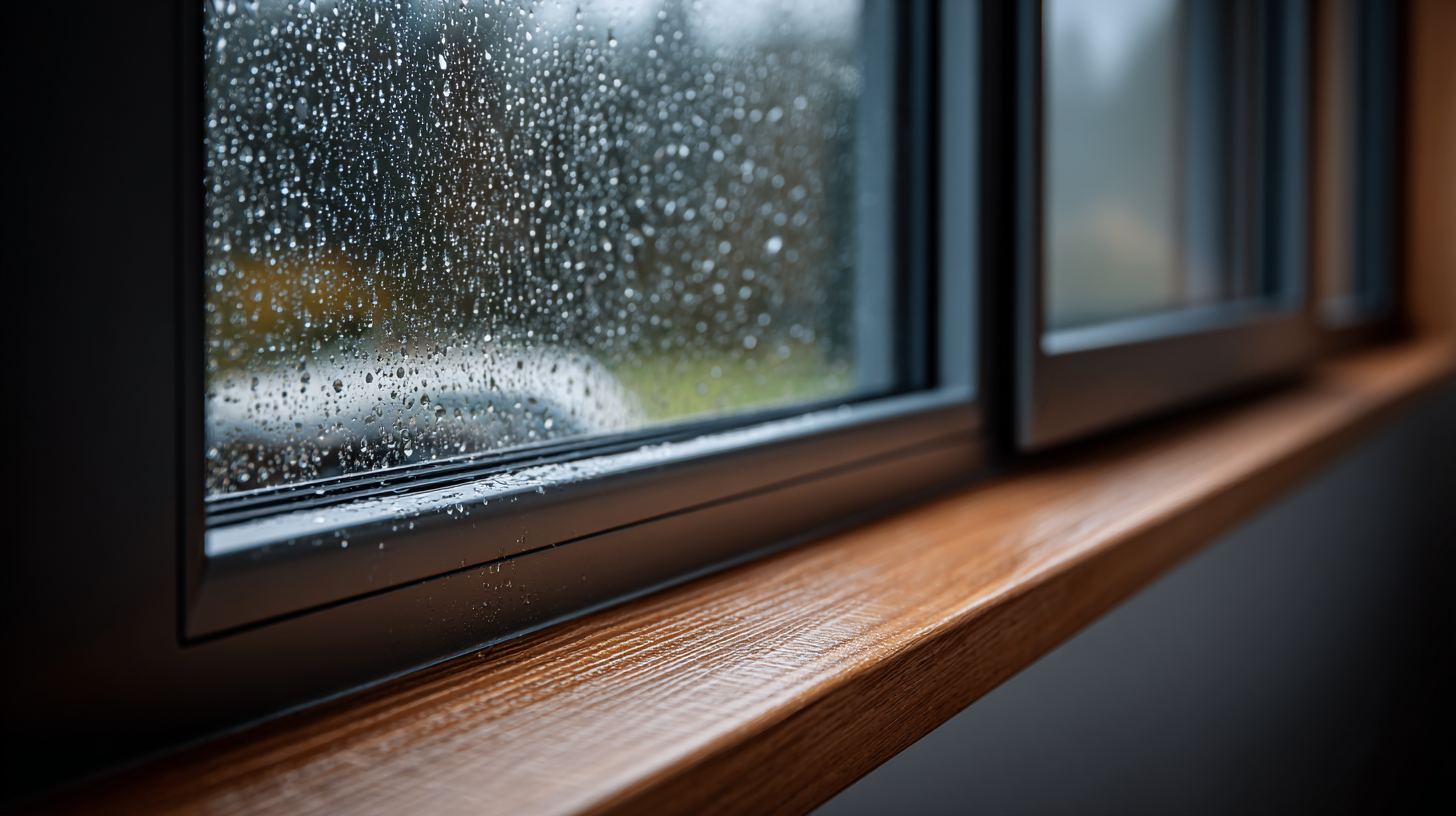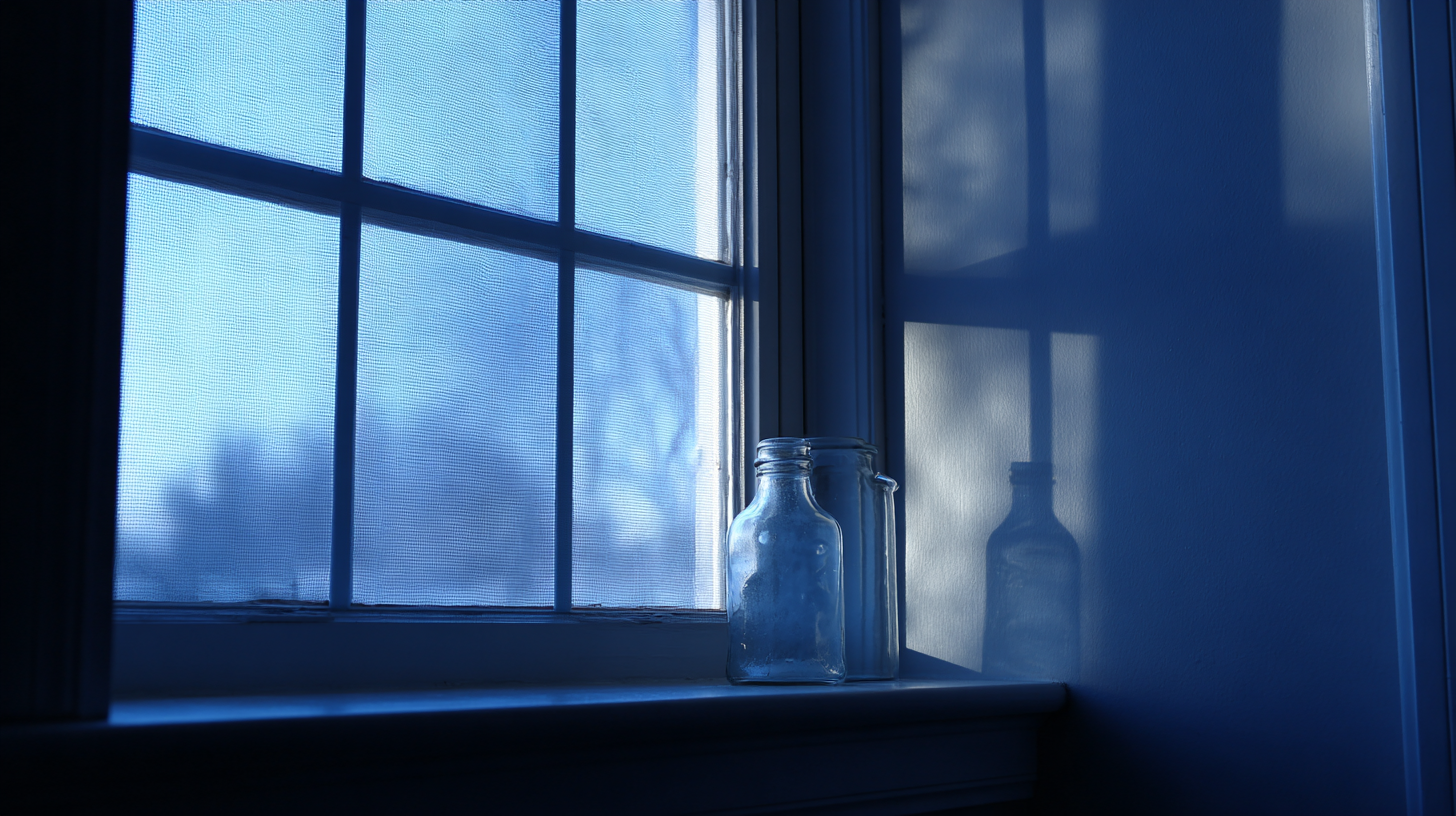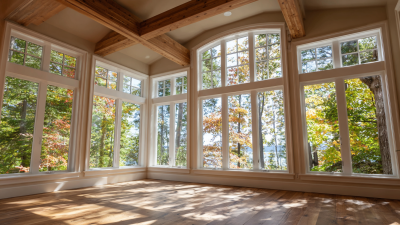Blog
Exploring the Best Window Parts to Enhance Energy Efficiency in Your Home
In the pursuit of enhancing energy efficiency in homes, understanding the critical role of window parts is paramount. According to the U.S. Department of Energy, windows account for up to 30% of residential energy use, making their components vital for maintaining optimal thermal performance. Upgrading window parts such as frames, sashes, spacers, and glazing can lead to significant improvements in insulation, ultimately reducing energy consumption and lowering utility bills. For example, energy-efficient window replacements can save homeowners an average of $400 a year, as highlighted in a report by the National Renewable Energy Laboratory. By carefully selecting high-performance window components, homeowners can create a more comfortable living environment while contributing to sustainability efforts by reducing their carbon footprint. This exploration of the best window parts aims to guide homeowners toward smarter choices that maximize their energy efficiency.

Understanding the Importance of Energy-Efficient Windows in Reducing Home Energy Costs
Energy-efficient windows are essential components in reducing home energy costs, as they play a crucial role in maintaining indoor temperature stability. By minimizing heat transfer, these windows help keep homes cooler in the summer and warmer in the winter. This thermal efficiency not only enhances comfort but also significantly lowers energy consumption for heating and cooling systems, resulting in reduced utility bills. Homeowners can save a substantial amount over time by investing in high-quality window parts designed for energy efficiency.
Additionally, the effectiveness of energy-efficient windows extends beyond cost savings; it also contributes to environmental sustainability. By decreasing reliance on heating and cooling, these windows reduce greenhouse gas emissions associated with energy production. Features such as low-emissivity (low-E) coatings, gas fills like argon or krypton, and advanced framing materials further enhance their performance. Understanding these benefits empowers homeowners to make informed decisions, not only improving their home’s energy efficiency but also supporting broader environmental goals.
Exploring the Best Window Parts to Enhance Energy Efficiency in Your Home
| Window Part | Energy Efficiency Rating | Material | Cost Range (USD) | Benefits |
|---|---|---|---|---|
| Low-E Glass | R-Value 3.0+ | Glass | $300 - $600 | Reduces UV rays and heat loss |
| Triple-Pane Windows | R-Value 5.0+ | Vinyl/Aluminum | $400 - $800 | Higher insulation and noise reduction |
| Gas Fills (Argon/Krypton) | Enhances R-Value | Gases | $50 - $150 | Improves thermal performance |
| Weatherstripping | Not Rated | Variable | $20 - $100 | Prevents drafts and air leaks |
| Spacer Bars | Not Rated | Aluminum/Composite | $50 - $120 | Reduces condensation between panes |
Exploring the Role of Window Insulation Materials in Minimizing Heat Loss
When it comes to enhancing energy efficiency in homes, window insulation materials play a crucial role in minimizing heat loss. According to the U.S. Department of Energy, windows account for 10-25% of a home’s heating and cooling needs, making proper insulation essential. High-performance window insulation materials, such as low-emissivity (Low-E) coatings, argon gas fills, and double or triple glazing, significantly reduce heat transfer by providing better thermal resistance. In fact, homes utilizing these advanced materials can lower their energy bills by up to 15%, effectively reducing the overall carbon footprint.
Moreover, selecting the right window frame material contributes significantly to insulation effectiveness. For instance, fiberglass and vinyl frames are known for their superior insulating properties compared to traditional wood or aluminum. A report from the Efficient Windows Collaborative indicates that opting for these materials can improve a window's overall energy efficiency rating, leading to better indoor comfort and reduced reliance on heating and cooling systems. As homeowners increasingly seek sustainable solutions, investing in high-quality window insulation materials becomes an indispensable strategy for achieving long-term energy efficiency.
Examining How Low-Energy Glass Technology Improves Home Comfort and Efficiency
Low-energy glass technology has revolutionized the way homeowners approach energy efficiency. By utilizing advanced coatings and materials, these windows significantly reduce heat transfer, creating a comfortable indoor climate.
The inner workings of low-E glass involve a microscopic layer that reflects infrared light while still allowing visible light to enter. This feature not only helps maintain warmth during the winter months but also keeps interiors cool during the summer, leading to reduced energy consumption and lower utility bills.
Moreover, the benefits of low-energy glass extend beyond just temperature control. By decreasing the reliance on heating and cooling systems, homeowners can lower their carbon footprint while enhancing overall home comfort. The clarity and brightness that low-E glass provides contribute to a more inviting living space, allowing natural light to illuminate interiors without the drawbacks of increased energy costs or harmful UV rays penetrating the home.

The Impact of Window Frames and Seals on Overall Energy Performance
The impact of window frames and seals on overall energy performance is significant, as they play a crucial role in reducing heat transfer and minimizing energy costs. According to the U.S. Department of Energy, achieving proper insulation through window frames and seals can prevent up to 30% of residential energy loss. Insulating frames, such as those made from fiberglass or vinyl, tend to provide superior thermal performance compared to traditional aluminum. When combined with double or triple-glazed glass, these frames can effectively lower energy bills and enhance indoor comfort.
In addition to frame material, the quality of window seals is pivotal in maintaining energy efficiency. A study published by the National Renewable Energy Laboratory indicates that poorly sealed windows account for up to 50% of energy loss in some homes due to air leakage. High-performance weather stripping and proper installation techniques can significantly reduce this leakage, creating a tighter seal that enhances the overall energy efficiency of the home. Investing in quality window frames and seals not only contributes to lower energy consumption but also supports sustainable living by reducing the carbon footprint associated with heating and cooling.
Impact of Window Frame and Seal Types on Energy Efficiency
Assessing Return on Investment: Energy Savings from Upgrading Window Hardware and Parts
Upgrading window hardware and parts can significantly enhance energy efficiency in homes, leading to substantial long-term savings. According to a report by the National Renewable Energy Laboratory, energy-efficient windows can reduce household energy use by up to 40%. For homeowners on Vancouver Island, understanding when to repair or replace windows is crucial. The decision typically hinges on the existing window condition, lifespan, and the potential for enhanced insulation.
Often, simply replacing outdated hardware, such as old sashes or weatherstripping, can lead to noticeable energy savings without the need for complete window replacements.
Moreover, taking advantage of cost-saving rebates and financing options can further subsidize these upgrades. As reported by the U.S. Department of Energy, energy service companies play a pivotal role in making large-scale retrofits cost-effective by providing technical assistance and financial incentives. Homeowners should explore available local programs that help fund window replacements or improvements. Ultimately, investing in energy-efficient windows not only contributes to lower utility bills but also increases property value, making it a wise financial move in the long run.



